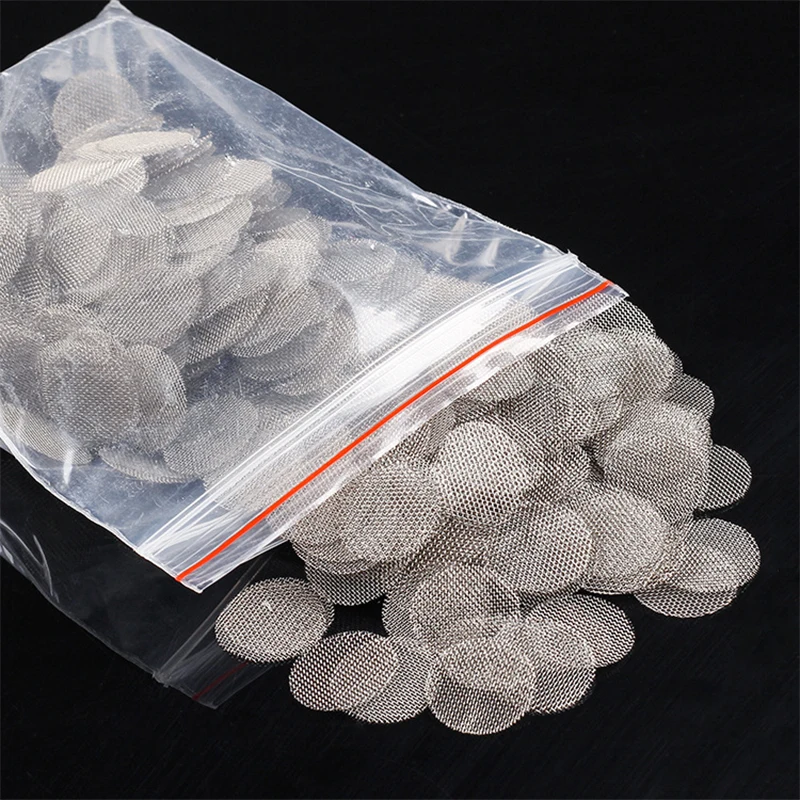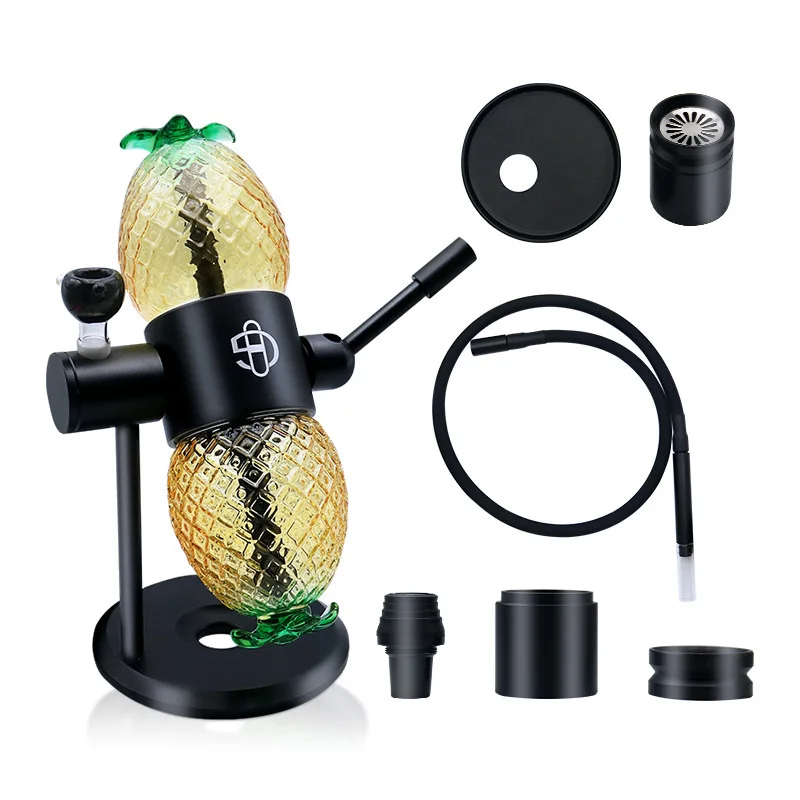Cannabis has long been celebrated as a medicine for nausea, from cancer patients using it during chemotherapy to everyday users who swear by its stomach-settling powers.
That’s why the idea that cannabis itself could cause unrelenting bouts of nausea and vomiting once seemed absurd. Yet over the past two decades, doctors have identified a condition that appears to do just that: cannabinoid hyperemesis syndrome (CHS). Is it real?
CHS remains rare, but awareness is increasing among doctors and regulators.
Australia, 2004
The first clear description of CHS appeared in a 2004 case series from Adelaide, Australia. Doctors reported patients who had been long-term, heavy cannabis users showing cyclical bouts of nausea, abdominal pain, and vomiting that would only resolve once they stopped using cannabis. What caught their attention was the strange behavior patients developed, taking repeated hot showers for temporary relief. This “compulsive bathing” became one of the syndrome’s clinical hallmarks. Yet, it’s not relevant for the current diagnosis of CHS.
For years, skeptics argued CHS was a coincidence, a misdiagnosis, or the result of contaminated cannabis (pesticides like neem oil were fingered). But case after case, across continents, something resembling a cannabis-related syndrome has been documented. By the 2010s, emergency departments in legalization states like Colorado and California began reporting sharp increases in vomiting-related hospital visits that tracked with rising cannabis availability. After that, large epidemiological studies confirmed that heavy, daily use is strongly associated with recurrent vomiting episodes, while cessation resolves the problem. So far, Vermont’s Department of Health has tracked an increase in CHS-related emergency visits after legalization.
A 2019 systematic review by Dr. Thangam Venkatesan and others analyzed 25 case series and 105 individual reports. It found that only a minority of cases met rigorous follow-up standards, but when properly assessed, most patients’ symptoms remitted with abstinence. The authors urged stricter diagnostic criteria. The overall picture was clear CHS was reproducible, not explained away by contamination, but it still might be a subset of Cyclic vomiting syndrome, which is not cannabis related.
In this context, the American Gastroenterological Association issued a 2024 clinical practice update formally recognizing CHS as a subtype of cyclic vomiting syndrome and providing diagnostic criteria. While the exact mechanism remains unclear, leading theories suggest that overstimulation of CB1 receptors occurs from chronic high-THC exposure and the involvement of TRPV1 pathways (the same receptors triggered by capsaicin and heat, which explains why hot showers might bring relief).
So, it might be real, but it is still very uncommon. Nonetheless, it has been sustained scientifically in case series, hospital data, and now formal guidelines.
What does it cause?
CHS unfolds in phases:
- Prodrome: early morning nausea, abdominal discomfort.
- Hyperemetic phase: intractable vomiting, severe abdominal pain, compulsive hot showers, dehydration, and sometimes acute kidney injury.
- Recovery: resolution of symptoms once cannabis use stops.
Interestingly, traditional anti-nausea drugs often fail.
Evidence suggests haloperidol (an antipsychotic) and topical capsaicin cream can ease acute episodes, but the only lasting treatment is cannabis cessation.
Another contribution of Venkatesan and coauthors’ paper is that it narrows down the description of “heavy user” to “At minimum, cannabis use of >4 times/week for at least a year preceding the onset of cyclic vomiting.”
CHS in Legislation
As ER doctors and toxicologists raised alarms, regulators began to take notice. Colorado was the first state to act. In 2021, House Bill 1317 required cannabis concentrate sales to include an educational pamphlet warning about risks, including CHS. So, in paper, every customer buying dabs in Colorado should leave with a state-issued flyer describing a few side effects and possible complications, among which stands cannabinoid hyperemesis.
Montana went further. Its cannabis law originally required exit packaging to include the warning: “Consumption of marijuana may cause … cannabinoid hyperemesis.” In 2025, lawmakers updated the language through HB 792, revising it to read “excessive vomiting.” The change appears intended to make the warning more understandable for consumers.
Utah updated its medical cannabis law in 2022 (via SB 195) to specifically exclude CHS and cannabis-induced cyclical vomiting from qualifying conditions. Consequently, patients cannot receive cannabis treatment for nausea that is directly caused by cannabis use itself.
That’s about it when regulating CHS. Massachusetts has pending bills that would require rotating warning labels listing vomiting alongside risks like psychosis and cannabis use disorder. Kentucky considered mandating that hospital emergency departments report vomiting cases to the Department for Public Health. Washington State and Connecticut have both included CHS in their official health department education materials, though not on labels.
Should regulators force CHS warnings?
This is where the debate sharpens.
If long-term heavy use can paradoxically cause a violent vomiting syndrome, that should be communicated just as alcohol bottles warn about liver disease. They point to the public-health costs of repeated ER visits, misdiagnoses, and unnecessary medical tests that CHS patients often endure.
On the other hand, incidence is debated. No large, nationally representative prevalence study exists yet, and most data come from emergency departments or small surveys of heavy cannabis users. So, estimates vary widely depending on the population studied, diagnostic criteria, and awareness among clinicians.
Also, there’s something regulators call warning fatigue. If labels are already crowded with pregnancy risks, impaired driving advisories, and legal disclaimers, adding CHS might overwhelm consumers… especially when the true prevalence of CHS remains uncertain. Also, it might help stigmatize cannabis unnecessarily, given that CHS appears to affect only a subset of heavy users.
On the industry side, manufacturers might benefit from taking part in the ongoing debates regarding CHS. Lawsuits have already been filed in Canada alleging failure to warn about CHS, although they’ve not progressed. As more states consider label mandates, companies may face liability exposure if they downplay or ignore the syndrome. On the consumer side, recognition of CHS is relevant, since countless patients have endured years of misdiagnosis before a doctor connected their symptoms to cannabis.
A possible middle ground is targeted warnings, as Washington has begun experimenting with. That includes highlighting CHS risks on high-THC products and in educational campaigns, rather than on every edible or flower jar.
Whether or not CHS makes it onto every warning label, the debate itself shows how cannabis regulation keeps evolving as science catches up with lived experience.
Photo by Towfiqu barbhuiya on Unsplash



























